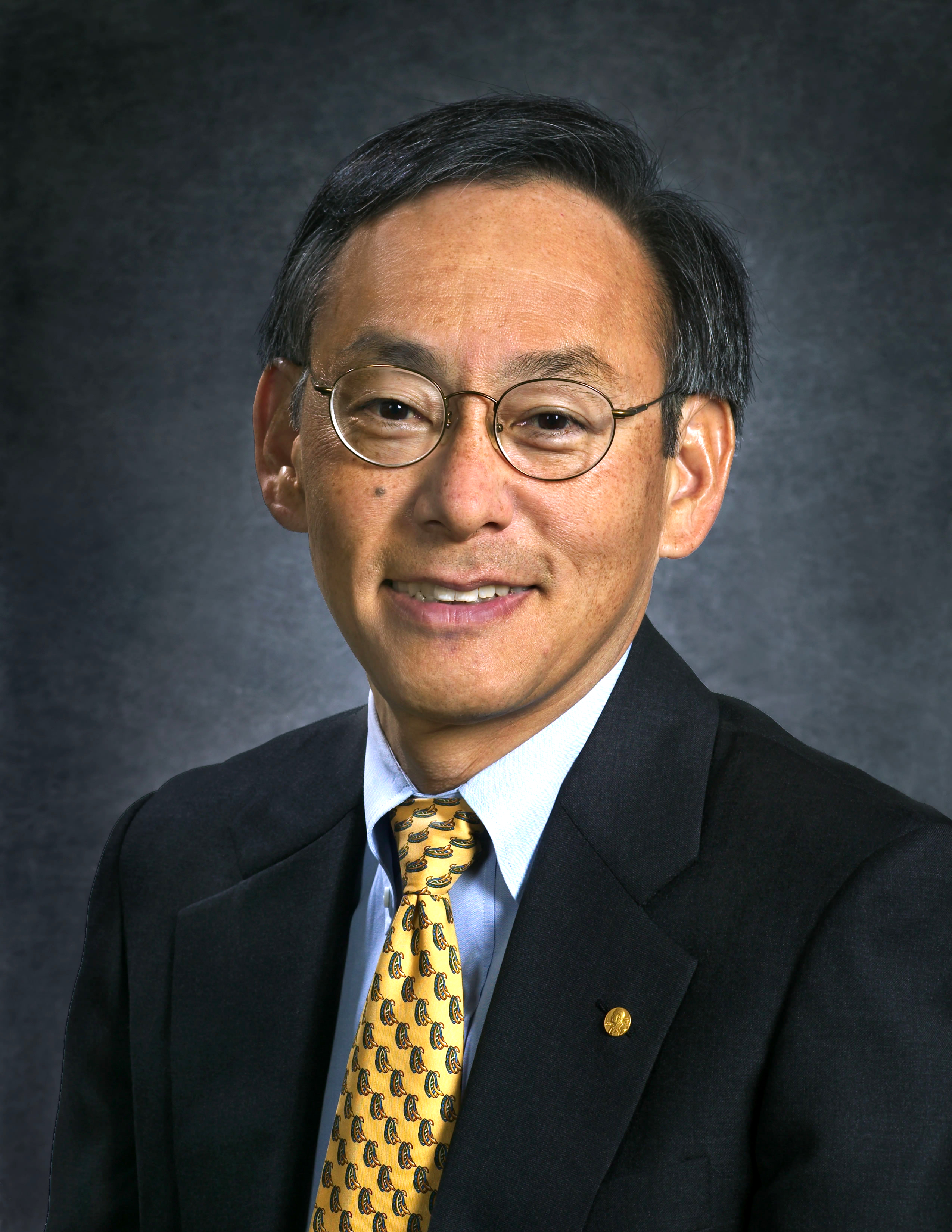Chu, Steven (1948-…), an American physicist, contributed to the technique of trapping atoms—slowing them down until they are almost stationary, so that they can be studied without being disturbed by the constant battering of other atoms. This development made the study of these atoms and molecules much easier than before. This technique enables scientists to obtain precise measurements of the properties of the atoms. It also may lead to new devices, including clocks of unprecedented accuracy. Chu won the 1997 Nobel Prize in physics for this work. He shared the award with Claude Cohen-Tannoudji of France and William D. Phillips of the United States, who helped to develop atom-trapping techniques.

Chu carried out this work while at the Bell Laboratories (now part of Alcatel-Lucent) in New Jersey, where he worked from 1976 to 1987. In 1985, Chu and his colleagues began to investigate the possibility of slowing down atoms with laser beams. Chu’s technique was to shine laser beams onto a cloud of sodium atoms in a vacuum chamber. The laser light consisted of three pairs of oppositely directed laser beams—for example, one pair from above and below, and two pairs horizontally, at right angles to each other. The frequency of the laser light must be chosen carefully. When an atom moves against the direction of any of the beams, it feels a push that slows it down. When it moves in the same direction as any beam, it feels no force from that beam. The atoms are slowed down by this arrangement, which Chu called optical molasses. A glowing, pea-sized cloud of about a million sodium atoms was formed, cooled to 240 millionths of a Celsius degree above absolute zero, the lowest possible temperature. Absolute zero is -273.15 °C. However, even these slow-moving atoms lingered for no more than half a second. To keep them for a longer time, the researchers trapped them with optical tweezers—another intense beam of laser light. Atoms feel a slight electrical attraction to a region where there is intense light or other electromagnetic radiation, because electromagnetic radiation consists of changing magnetic and electric fields.
Chu was born in St. Louis on Feb. 28, 1948. He studied at the University of Rochester in New York and took his Ph.D. at the University of California at Berkeley in 1976. In 1987, he became professor of physics and applied physics at Stanford University in California. He held the chair of the physics department there from 1990 to 1993. After taking a leave from Stanford in 2004, Chu became a professor at the University of California at Berkeley and the director of the Lawrence Berkeley National Laboratory. Stanford made him an emeritus professor in 2008. In 2009, Chu became United States secretary of energy under President Barack Obama. He resigned from the post in 2013.
